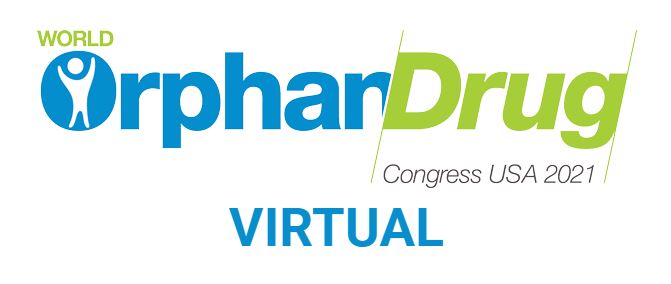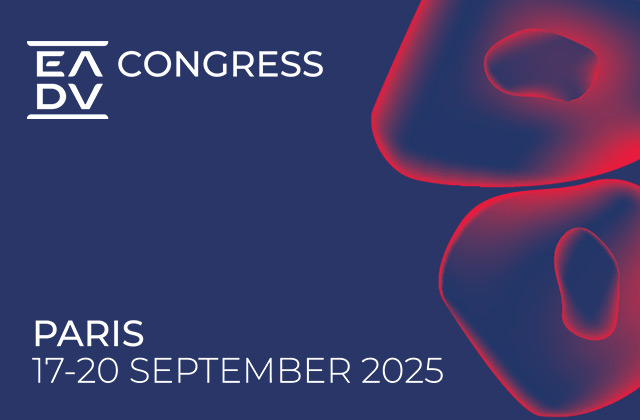
Some of our Rare Disease team spent a day last week listening to patient experts and industry specialists in a series of virtual panels and fireside chats organized by the World Orphan Drug Congress. Amongst a wealth of interesting topics and a consistent focus on accelerating the delivery of rare disease (RD) therapies, a few key themes stood out to us. In this article, we reflect on those themes and their broader meaning.
1) ‘Hot Spot’ Rare Diseases: Potential roles for pre-competitive collaboration and for the Patient Advocacy Group as a partner
Progress in disease understanding and therapeutic modalities opens up new, potentially transformative, treatment options for patients. In some RD areas (e.g. beta-thalessemia and Angelman syndrome), this has led to a hitherto unseen concentration of products in the pipeline. However, in “immature” RD markets, the rush to help define the space can lead to challenges which may sometimes hinder development:
- Patient Advocacy Groups (PAGS) may be overwhelmed by competing requests for time, resources and collaborative initiatives, a problem which is amplified in RD spaces where PAGs are newer, less established and/or staffed by volunteers.
- Duplication of efforts can occur when multiple pharma companies embark on parallel efforts to better understand the current disease landscape (e.g. establish baseline characteristics within a patient population, estimate the cost of care, etc.).
- Regulatory bodies or payors can become confused or hesitant when presented with inconsistent information about disease spaces for which they lack a strong understanding due to limited patient populations, no clinical guidelines, etc. Inconsistencies can include:
- Conflicting results from different natural history studies / burden of disease assessments
- Lack of alignment across clinical endpoints used in trials
- Differences in diagnostic parameters or descriptors of disease
- Delays can occur in trial recruitment due to multiple trials competing for an already small pool of RD patients, or depletion of eligible patient populations where participation in one trial is an exclusion criterion for future trials. This is likely to be of increasing relevance for disease areas where gene(-editing) therapies present “permanent” interventions.
Discussions throughout the WODC touched on how to best transform the wealth of interest into meaningful data and consensus that will ultimately help therapies reach more patients more quickly. Some thoughts include:
- Collaborative funding of studies that will be mutually beneficial e.g., natural history studies, disease education resources
- Pre-competitive consortia which might be able to align on common metrics for monitoring disease symptoms (and thereby therapy efficacy), patient sub-populations, biomarkers, etc.
- Innovative clinical trial designs such as basket trials which would allow for the trial of multiple products within the same patient population, and synthetic control arms that maximize the number of patients who receive an intervention
Collaborative efforts such as these have some precedent, including instances pioneered by patient groups in other disease spaces (e.g. MMRF’s Research Consortium, Alzheimer’s Disease Clinical Trials Consortium). A similar role for PAGs as facilitators of collaboration in “hot spot” RDs would fit the trend of the increasingly important role of patients as experts and leaders. However, this may require resources and infrastructure beyond what’s currently available.
2) Trial Decentralization: Emerging opportunities in clinical development
Mirroring many facets of life, clinical trials shifted towards a virtual format during the pandemic, allowing patients to remain at home while data and samples were collected remotely or through home visits. A more permanent move towards decentralized trials could herald an improvement in patient experience during clinical trials:
- Decrease in time and financial burden due to travel – Travel burden is often an elevated issue for RD patients, given the limited numbers of trial sites and large catchment areas, necessitating long commutes by patients.
- Decrease in stress from trial participation – With decentralized trials, patients are more able to participate from their home environment. This is of particular importance in paediatric rare diseases, given the stress children may encounter having to spend hours undergoing assessments for the trial.
- Improvement in safety for trial participants – Decentralized trials are likely to decrease patients’ potential for exposure to any infectious agents that may come from in-person trial visits.
As a result of the improved patient experience, trial decentralization could also benefit pharma companies due to potential improvements in the accuracy of trial data:
- Elevated diversity among trial participants – Virtual trials seem to be providing a “leveling” effect with patients and families who would have been reticent or unable to take time off work to travel, but are often more willing to participate from home.
- More accurate data given lower stress levels during sample collection – A WODC panel opined that this may be particularly impactful for patient-reported outcomes (PROs) since patients’ assessments of how they are feeling and functioning may differ on “normal” days vs. trial assessment days that may have required substantial travel and departure from the home environment.
- Improved patient retention and completeness of trial data – With at-home participation, patients are less likely to miss appointments or drop out of the trial due to the burden of participation.
Despite the anticipated positives of more remote trials, making broad decentralization a reality still holds many challenges. Change management would be needed across the system to ensure feasibility and maintenance of data quality. Additionally, device-based monitoring (i.e., wearables) bring their own difficulties. There’s the expense involved to set-up, support, and maintain trial equipment. There are also new questions about how to extract clinically-meaningful information from the huge volume of data such devices deliver.
3) Opportunities from COVID: Blueprints for collaboration and flexibility
The low density of RD patients presents a large hurdle to industry investment in navigating the regulatory and reimbursement processes for smaller markets. Therefore, options that can accelerate or improve access for these patients, without compromising the integrity of therapy review are of great interest in this space. One such option is collaboration between multiple markets around a single centralized process.
During the COVID pandemic, urgency for new therapeutic options has contributed to an unprecedented level of collaboration between countries. These collaborative efforts can serve as blueprints for similar collaborations in rare diseases. COVID-related examples include:
- Rapid dissemination and open access to data such as genetic sequences of the virus and its variants, epidemiological information and details of the disease trajectory
- A new precedent for joint procurement across all EU member states, intended to simplify negotiation processes and expedite vaccine access, and has also reportedly dropped the cost per dose considerably versus that seen in small countries globally (We note that the final verdict on the EU Joint Procurement of COVID vaccines is still out. It has drawn criticism for perceived slowness but European leaders have defended the scheme.).
These examples build on an existing push in Europe to simplify the process of accessing each individual country, including through EUnetHTA (featured in our recent paper, Five Trends to Watch in the European Market Access Environment.
Additionally, panelists highlighted flexibility from regulators in their partnerships with manufacturers, which may also provide fodder for future discussions with the regulatory bodies:
- Rolling review of data from COVID vaccine trials – If available more broadly, this process could minimize the lag between final data submission and regulatory decision / therapy availability to patients.
- Relaxation of rules governing approval of genetically modified organisms* in Europe, where regulatory frameworks concerning genetically modified organisms have been in place since the 1990s and are widely considered to add time and hassle to the regulatory process [Source: https://onlinelibrary.wiley.com/doi/10.1111/1746-692X.12301] (*mRNA-based COVID vaccines fall into this category under EU framework)
While acknowledging that the scale of investment into the COVID-19 response is unusual, driven by the scale and severity of the crisis, the solutions that have been developed have future value. The collaborative solutions that crystallized during the pandemic could form a blueprint for a better trajectory for products that address the :”individual crises” of RD patients in the future.
4) Rare disease patients as partners in development
The final theme we would like to highlight is in many ways an extension of one of the key messages of this (and previous) World Orphan Drug Congress: patient centricity is key.
Both patient experts and industry panelists touched on how, in today’s connected, information-rich world, rare disease patients and their families are increasingly development partners and discerning consumers when it comes to new therapies for their disease. They highlighted the following, among other examples:
- Patients have an elevated regulatory voice due to commitments from the FDA and EMA to engage patients in their processes. Within the FDA, the approach to RD patient engagement includes a Memorandum of Understanding with NORD, Rare Disease Listening sessions, and other patient engagement mechanisms that apply more broadly.
- Patients’ collective sway is increasing due to established, organized and expertise-driven patient leaders who guide PAGs or form hubs for networks of connected patients (e.g. on social media). This gives patients / patient groups more ability to ensure their own priorities are met in interactions with interested industry stakeholders.
- Patients are exhibiting increasing discernment among clinical trial options – For example, patients are more often electing not to enroll in studies that would make them ineligible for future trials, as well as avoiding placebo-controlled studies in favor of seeking compassionate use approvals.
All involved expressed desire and commitment to continued collaboration, with patient experts highlighting early engagement and transparent communication as critical components of successful partnerships.






